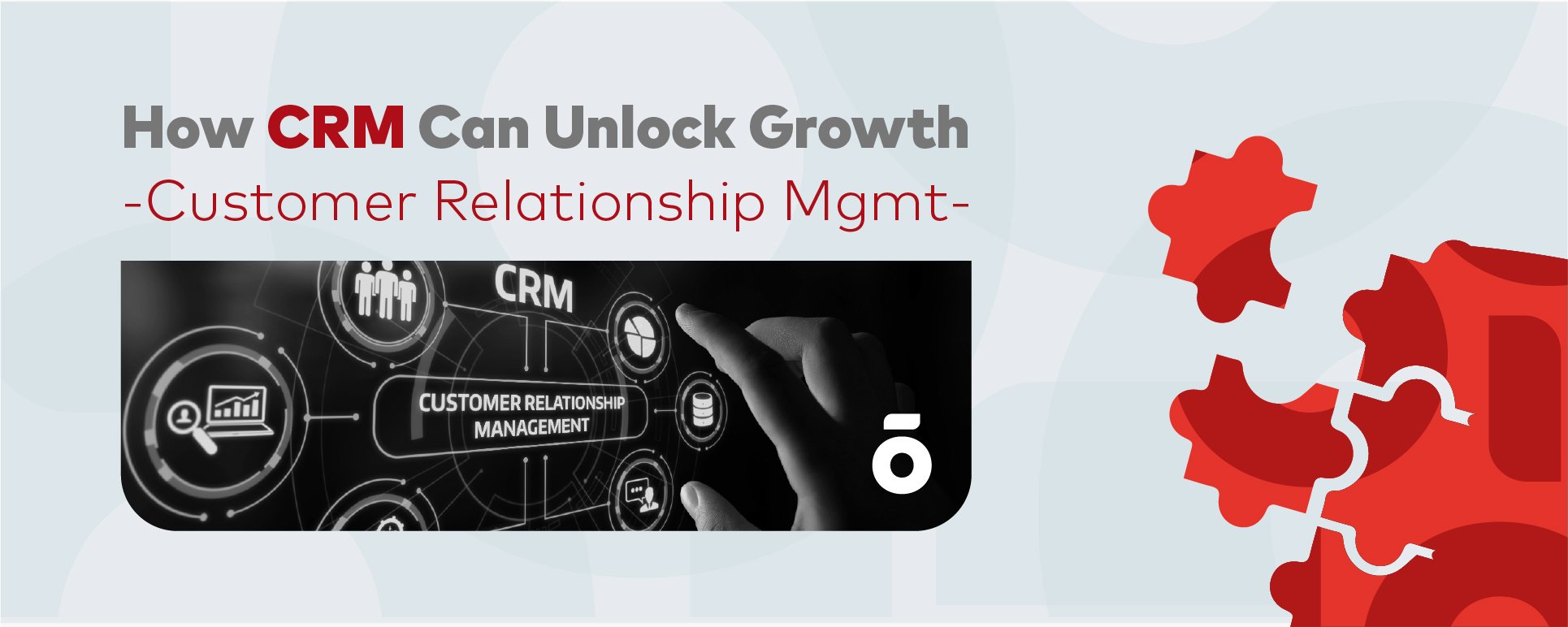
Ultimate Buyer's Guide to Choosing the Right CRM
Finding a solution built to help you grow better
A CRM isn't just a database or system of record; it’s the heart of your customer’s experience with your brand.
Whether you’re looking to invest in CRM software for the first time or move your organization away from a legacy solution, your new CRM should effectively balance your business goals and customer needs while also accounting for long-term growth and profitability.
Buyer’s Guide Path

The right CRM allows you to manage all customer relationships — from first-touch marketing contacts to long-time brand loyalists — through a single, high-powered solution.
Investing in a right-fit CRM system
Your CRM software should help you maintain a high level of customer centricity and make daily operations easier for your teams.
Consider both your current business needs and your long-term goals, then use them to choose a CRM that can effectively grow with your business rather than one that will max out quickly.
Exploring common triggers for change
#1 Your teams operate from multiple sources of truth
#2 Your sales, marketing, and service teams work in siloes
#3 Your teams rely on manual reporting processes
#4 You’ve identified gaps or inconsistencies in your reports
Buyer’s Guide
Every business operates differently, and the CRM software you choose should mirror your business's processes as closely as possible.

Step 1: Consult with Stakeholders and Key Users
Even the most powerful CRM won’t drive results if it doesn’t align with your team’s needs or current processes. Before you dive into specific feature sets or projected outcomes, you’ll want to gain insight into what each team needs out of a new CRM software.
The best way to understand your teams’ needs is to consult with the users who work inside of your existing CRM or similar systems every day. Stakeholder input is valuable, but you’ll also want to connect with:
- Revenue and business operations teams who manage backend systems.
- Sales, marketing, and service teams who rely on frontend functionality.

Step 2: Identify Your Goals
With everyone’s input in mind, it’s time to articulate the goals and outcomes you want your new CRM to enable. You’ll want to create a list of qualitative and quantitative KPIs that account for individual users and high-level business objectives alike.

Step 3: Assess Your Tech Stack
As you research potential CRMs, consider which ones will work well with the tools you already use. This is also a great opportunity to identify whether a new CRM can actually help you slim down your tech stack. There are likely features within each CRM that would allow you to get rid of an existing tool, further simplifying your operations and offering a cost-saving benefit.
Step 4: Compare Critical Features and Capabilities
Now it’s time to explore the specific features and capabilities that an effective, growth-driven CRM should offer. While your priority list will depend on the goals you identified in step two, there are several essential features to keep in mind as you shop.
- Reports + Dashboards
- Data Quality Management Tools
- Integrations
- Custom Object Associations
- Administrative Support
Step 5: Consider Costs and ROI
Next comes the financial conversation around adopting a new CRM software. And while cost is always an essential factor to consider, you should evaluate more than the list price of each potential solution.
Next, you’ll want to be sure you — and your stakeholders — are considering the long game. A CRM with a more affordable upfront cost may serve your needs for a year or two, but what happens when you outgrow it and realize there aren’t any opportunities to scale or customize?
Unfortunately, a low-cost solution that doesn’t allow you to scale actually ends up being more expensive than investing in scalable software from the get-go. It’s significantly easier and more cost-effective to scale up an existing CRM rather than starting from scratch every few years. The value of getting it right the first time can’t be overstated.

Step 6: Outline Your Implementation Plan
As you move closer to your final purchasing decision, you’ll need to create an internal plan to guide the setup, launch, and adoption of your new CRM. Here are a few steps to help you get started:
- Identify resources to support the implementation
- Create a realistic timeline
- Develop an adoption strategy
What’s Next?
Choosing the right CRM means balancing internal challenges, customer needs, and business-level constraints as you shop for a new solution. But no matter your unique situation or software requirements, the value of your new CRM should lie in its ability to serve your organization effectively for years to come. The right CRM platform will not only help sales, marketing, but all front office departments including finance, and service.
Perhaps most importantly, your CRM should serve as the foundation of your customer’s experience, which means it should evolve alongside you as you delight today’s customers and refine your offerings to meet the needs of tomorrow’s market.
Let's start a conversation!
Get the CRM Buyer's Guide.

Now that you know more about how to determine which CRM is best for you we recommend you start trialing it out to test the waters.
HubSpot has a free CRM, and we can help your organization set it up. Contact us today for more information.




Leave a reply